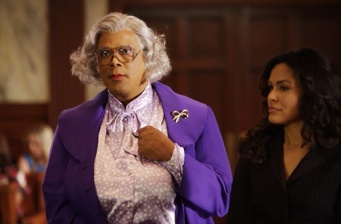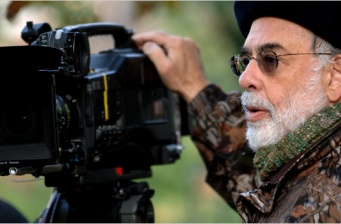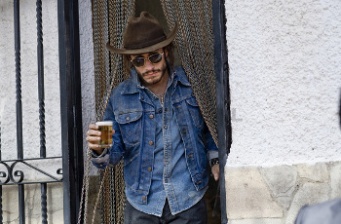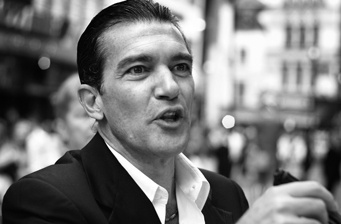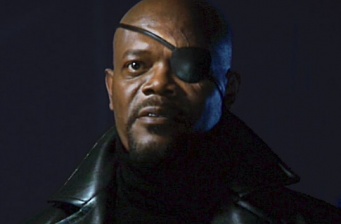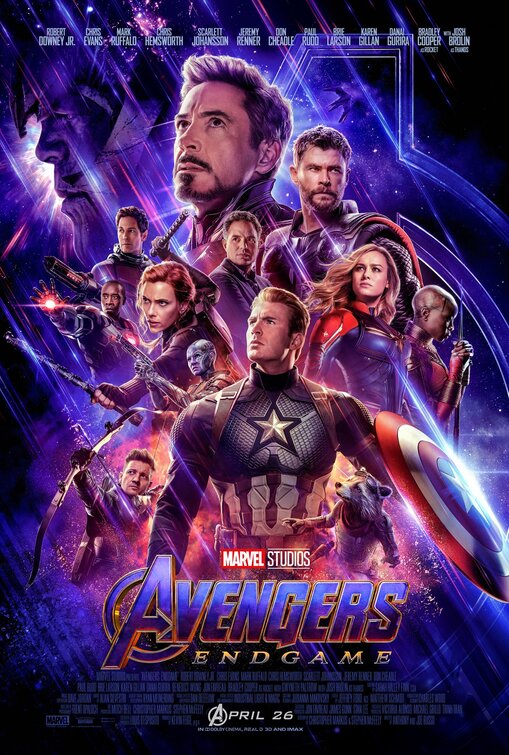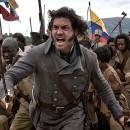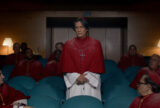Woody Allen’s "Whatever Works" to open up Tribeca Film Festival
03.2.2009 | By Mack Chico |

The Tribeca Film Festival and Sony Pictures Classics today announced that Woody Allen’s Whatever Works will have its world premiere as the opening night film of the 2009 Tribeca Film Festival, presented by American Express. The highly anticipated new comedy is Allen’s first film shot in New York since 2004. Whatever Works, which is written and directed by Allen, stars Larry David (“Curb Your Enthusiasm”), Evan Rachel Wood (The Wrestler), Patricia Clarkson (Vicky Cristina Barcelona), and Ed Begley Jr. (Pineapple Express.) The premiere will take place on Wednesday, April 22; the Festival will run through May 3.
“I fell in love with New York through Woody Allen’s movies and I am excited we are opening this year’s Festival with Sony Pictures Classics for the world premiere of Woody’s Whatever Works,” said Tribeca Film Festival co-founder Jane Rosenthal. “Whatever Works is a uniquely funny addition to his body of work.”
Whatever Works follows the success of Allen’s latest release, Vicky Cristina Barcelona, which took home the Golden Globe Award for Best Musical or Comedy and garnered Penelope Cruz the Academy Award for Best Supporting Actress. Allen’s last film in collaboration with Sony Pictures Classics, 1999’s Sweet and Lowdown, earned two Academy Award nominations for Best Actor (Sean Penn) and Best Supporting Actress (Samantha Morton).
“A lovely idea of showing my film in a film festival in my own city. It’s very exciting,” said Woody Allen.
Sony Pictures Classics states, “The opening of the Tribeca Film Festival is the perfect opportunity to celebrate Woody Allen’s return to filmmaking in New York.”
The 2009 Tribeca Film Festival will announce its feature film slate on March 9 and 11, 2009.


